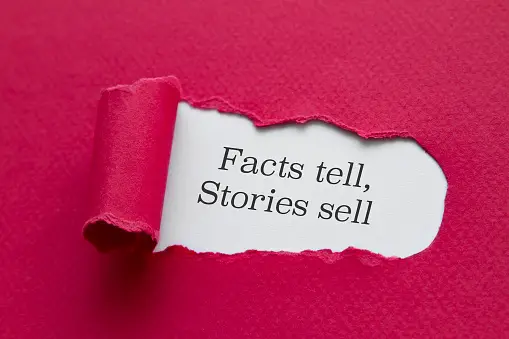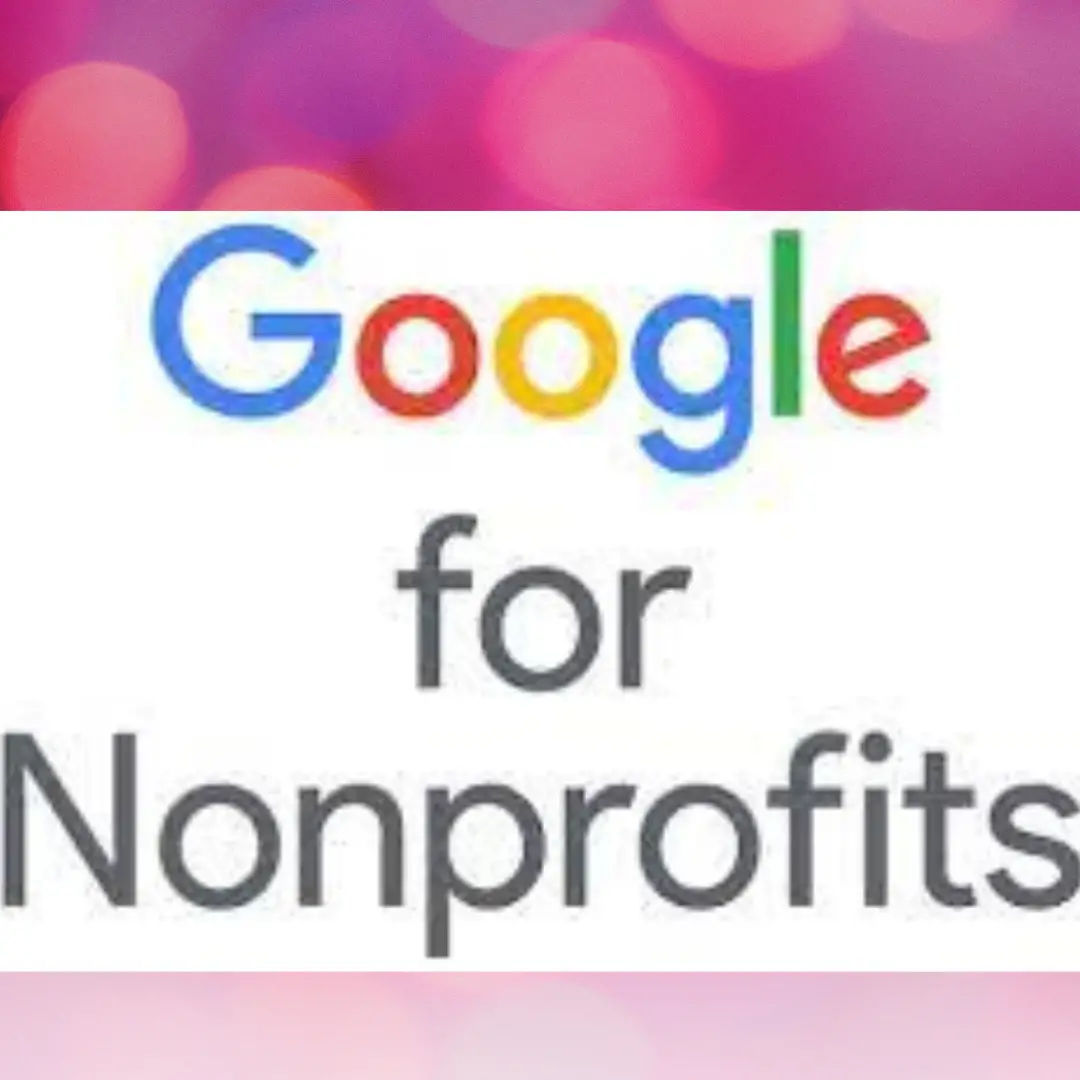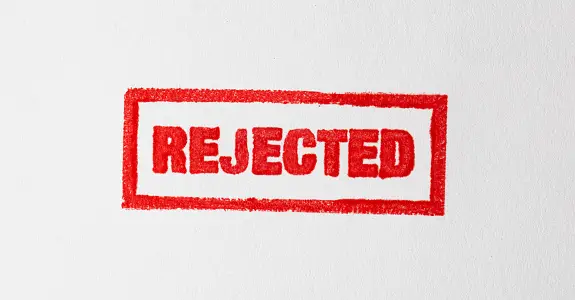One Thing Every Nonprofit Must Do to Win Grants in 2023:
Simply, Tell Your Story!
Nonprofits are doing amazing work every day, but in order to secure the funding they need to continue their efforts, they need to be able to effectively communicate their mission and impact. This is where storytelling comes in.
Telling a compelling story is one of the most important things a nonprofit can do to win grants in 2023. A great story humanizes the organization, makes the cause more relatable, and helps potential funders understand the impact their investment will have.
Here are some practical tips for telling your nonprofit’s story in a way that will win grants:
- Identify Your Unique Value Proposition : What sets your organization apart from others in your field? What problem are you solving and why is it important? What makes your approach unique? Answering these questions will help you craft a story that is both compelling and unique.
- Use Data to Illustrate Impact : Data is a powerful tool for telling your story. It allows you to quantitatively demonstrate the impact your organization is having, which is a major factor in securing grants. Use numbers to show how many people you’ve helped, how much you’ve improved their lives, and how much your organization has grown over time.
- Highlight Success Stories : People are naturally drawn to stories of individuals who have been positively impacted by your work. Share real stories of people whose lives have been changed by your organization and the work that you do. These stories humanize your cause and help potential funders see the real-world impact of their investment.
- Use Visuals to Bring Your Story to Life: Visuals can help bring your story to life in a way that words alone can’t. Use images, videos, and graphics to illustrate your story and make it more engaging.
- Make it Personal : Make a connection with your audience by speaking directly to them. Use “you” and “your” to engage with your audience and make them feel like they are part of the story.
Some practical examples to help illustrate the tips mentioned above.
- Identifying Your Unique Value Proposition : Let’s say you run a nonprofit that provides job training and placement services for homeless individuals. Your unique value proposition is that you use a holistic approach to address the root causes of homelessness, such as lack of education and job skills, mental health issues, and substance abuse. You provide job training, counseling, and support services to help individuals overcome these barriers and secure stable employment. This sets you apart from other job training programs that only focus on job skills development.
- Using Data to Illustrate Impact : In your grant proposal, you can include statistics to show the impact your organization has had so far. For instance, you can say “Since our program’s inception, we have trained and placed 500 homeless individuals in stable jobs. Our program has a 90% job placement rate, and 80% of participants have been able to secure full-time employment and maintain it for at least 6 months.” This type of data shows potential funders the tangible results of your work and the impact their investment will have.
- Highlighting Success Stories: In your grant proposal, you can include a section dedicated to success stories. You can write about individuals who have gone through your program and how it has changed their lives. For instance, you can tell the story of “John, a former homeless veteran who struggled with addiction and joblessness. After participating in our program, he received job training, counseling, and support services that helped him overcome his addiction and secure a stable job as a truck driver. Today, John is living in his own apartment and providing for his family.” These stories make your cause more relatable and demonstrate the real-world impact of your work.
- Using Visuals to Bring Your Story to Life : You can include images and videos links in your grant proposal to bring your story to life. For instance, you can include photos of your job training program in action, participants in their new jobs, and before-and-after photos of individuals who have gone through your program. You can also include a short video testimonial from a participant talking about their experience and the impact it has had on their life. These visuals help potential funders see the tangible results of your work and make your story more engaging.
- Making it Personal: In your grant proposal, use language that speaks directly to the reader and makes them feel like they are part of your story. For instance, instead of saying “our organization provides job training and placement services for homeless individuals,” you can say “Together, we are providing job training and placement services to help homeless individuals secure stable employment and turn their lives around.” This type of language makes the reader feel like they are part of the solution and encourages them to get involved and invest in your cause.
In conclusion, telling your story is a critical part of securing grants for your nonprofit. By identifying your unique value proposition, using data to illustrate impact, highlighting success stories, using visuals, and making it personal, you can craft a compelling story that will help you win grants in 2023.
Remember, your story is what sets you apart from other nonprofits and is a key factor in securing the funding you need to continue your important work. So, take the time to craft a great story and tell it with passion!






